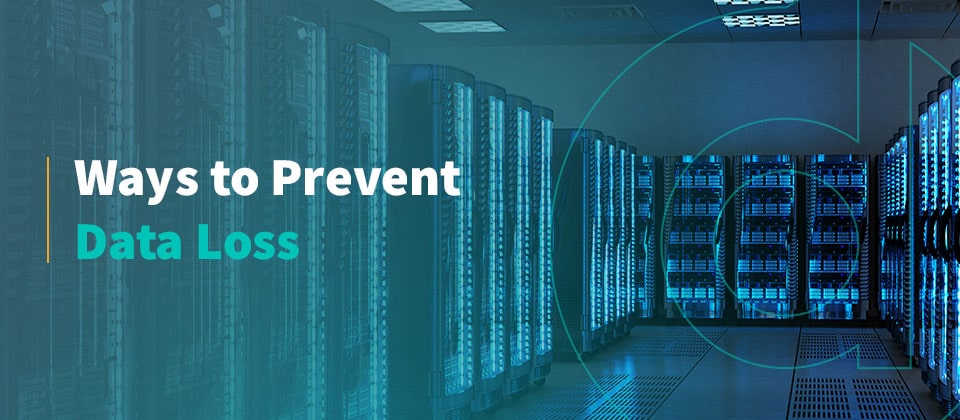What Your Business Can Do to Prevent Data Loss?
Losing data can significantly disrupt your business, as it costs money and time to recreate or recover files. Understanding what causes data loss can help protect system files, intellectual property and sensitive information. Cybersecurity best practices are essential for preventing theft, and a security-first culture can encourage employees to be vigilant.
1. Have a Backup System in Place?
Having a backup system is vital to ensuring your data can be recovered in the event of an incident. Without it, you could be faced with a massive loss of data and a vast downtime impact on your business operations.
Many different types of backup systems are available on the market. These range from simple hard drive backups to more robust hardware appliances and software solutions from IT supports like Elevate Services Group.
Some systems can store large amounts of data and are highly efficient. They can also store backups for various file types, including documents, spreadsheets, media files, configuration files, and machine images.
A vital advantage of these systems is that they can store duplicate backups to multiple locations on various types of storage, such as disk-to-disk-to-tape (D2D2T) and disk-to-cloud solutions. However, they typically require significant upkeep and can take a long time to restore data.
Backing up data ensures you can recover lost files and documents in case of a computer failure, hardware malfunction or virus attack. Depending on your company’s needs and budget, you can use various backup methods.
Generally, you should back up files and other data on every device in your office, including laptops, desktops, servers, and external storage devices such as USB sticks or cloud services. Also, consider backing up staff members’ home computers and mobile devices.
There are a few different types of backups: Incremental, differential, and complete.
A reduced backup size and fewer data to keep are the benefits of an incremental backup since it only copies the files that have changed since your last backup. It’s also an excellent option for small businesses with limited resources or if you have employees who are constantly changing data in their work.

2. Have a Backup Plan in Place?
A backup plan can make a significant difference in how your business performs. It also decreases downtime and supports ongoing business operations if a data loss event occurs.
Developing a backup strategy includes identifying the critical files important to your business and creating a plan for them. It also involves selecting a backup solution that meets your needs and is secure enough to protect your company’s data.
In addition to choosing a backup solution, you must determine how often your backups should be performed. It is based on the amount of data you have and how it changes.
Operational data is critical and should be backed up regularly to ensure high availability. On the other hand, excellent data is less crucial and should be backed up less frequently. These files may be accessed infrequently and stored separately from different data types.
3.Create a Disaster Recovery Plan
A disaster recovery plan is a comprehensive document that details how your company will respond to disasters. It should include everything from how you will notify employees to what systems will be used in a crisis.
Start by performing a risk assessment and business impact analysis. Analyze each functional area of your business to identify potential threats that could disrupt your operations.
Next, define your recovery point objective (RPO) and recovery time objective (RTO). These targets specify the maximum amount of data you will tolerate losing during an IT outage or cyberattack.
Once your disaster recovery plan is developed, test it frequently. It helps ensure that your team can handle a disaster quickly and efficiently. It also provides you the chance to uncover any underlying issues.
